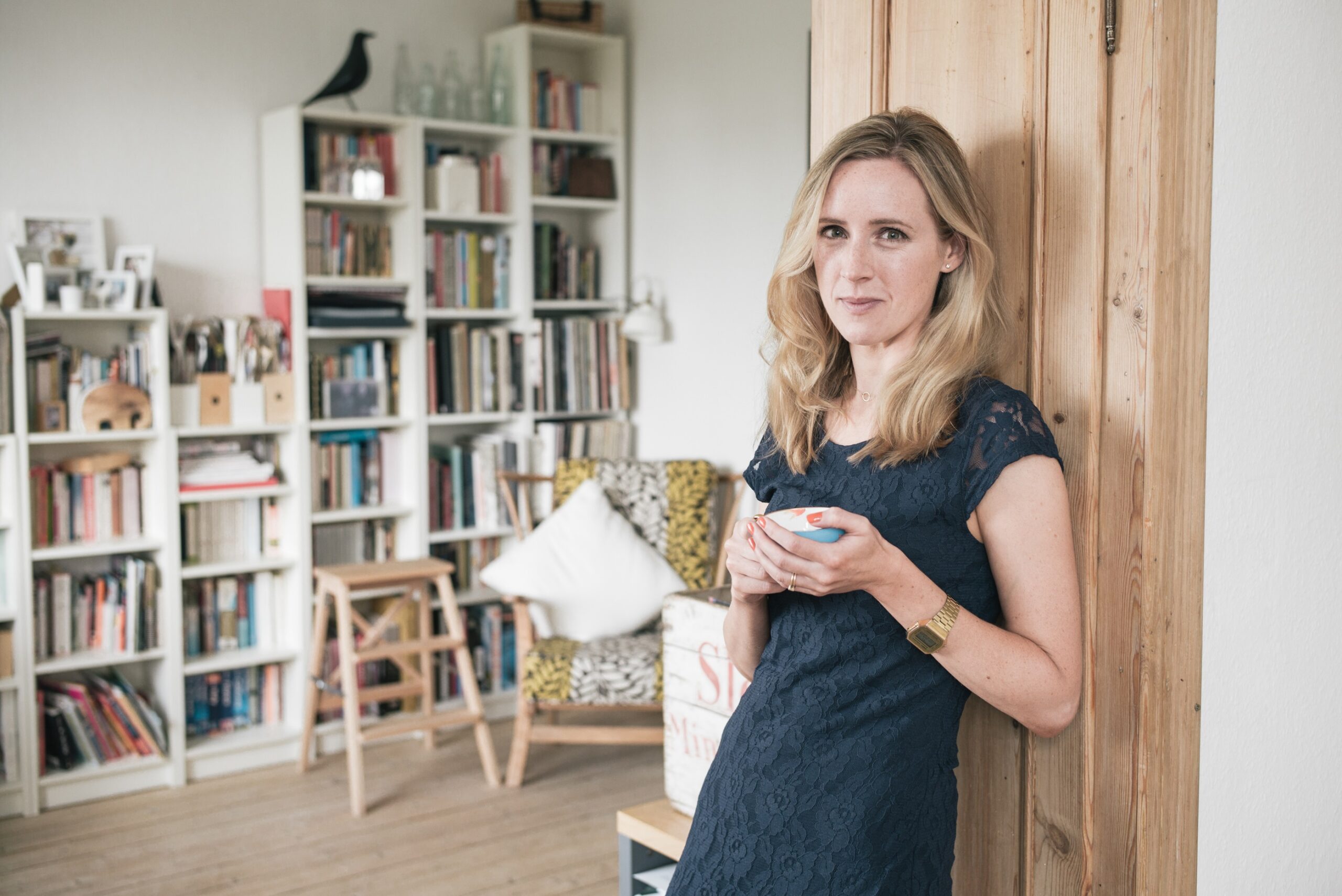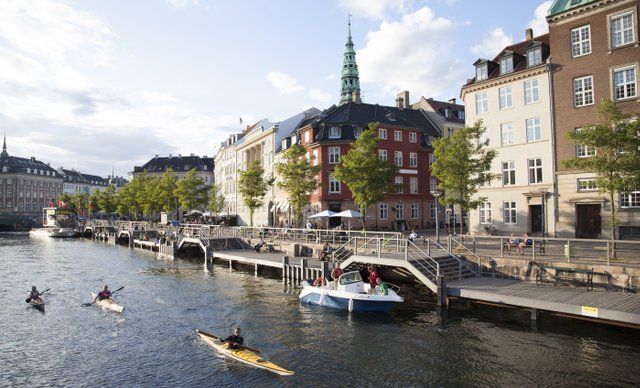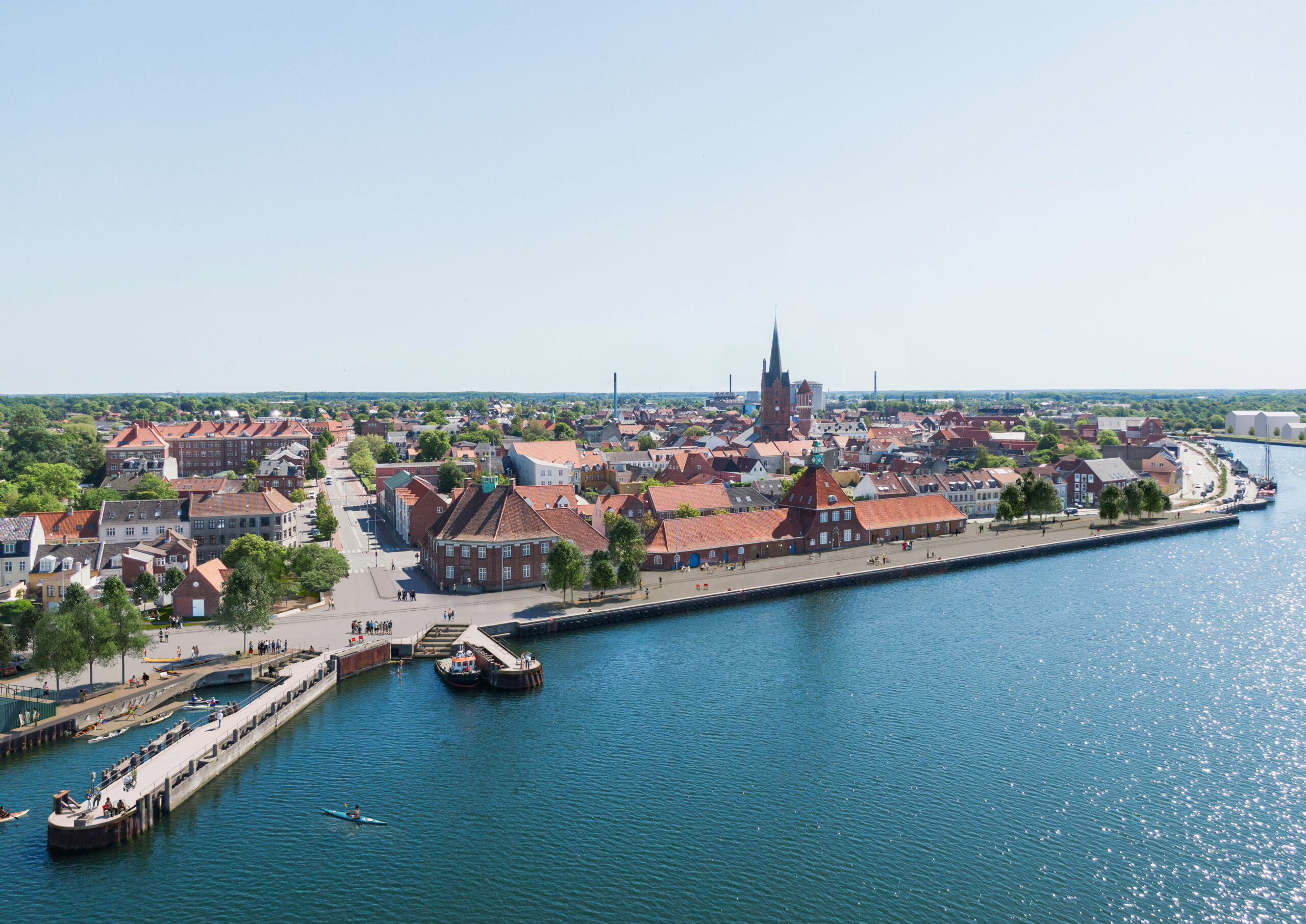Copenhagen residents will take 34,000 fewer sick days a year once all 28 of the city’s bicycle superhighways are complete, according to calculations by the capital’s local health authority, Region Hovedstaden.
The study based its findings on the facts that cyclists take fewer sick days than non-cyclists, that the city’s bicycle superhighways increase cycling along the route by ten percent, and that a sick day on average costs around 1,700 kroner from lost production. All told, Region Hovedstaden predicts that increased cycling could save the city 60 million kroner a year and around 2.7 billion kroner over the next 50 years after the 900 million kroner expense of building the network is deducted.
“We know that every third resident in the Copenhagen area would bicycle more if the cycle paths were better,” Lars Gaardhøj (Socialdemokraterne), the chairman of Region Hovedstaden's environment and green growth commission, wrote in a press release. “Given that the health benefits are so clear, it highlights how important it is to create good connections running across council lines.”
The news arrives as the city opens its second bicycle superhighway, the 20-kilometre Farum route. Bicycle superhighways provide wide and prioritised cycling lanes with a minimum of stops. They normally consist of upgraded bicycle paths that are merged to create a smooth route.
 The number of cyclists on the route to Albertslund increased ten percent after it opened as a superhighway. Considering that 350,000 residents a day currently cycle on the 28 routes that will be turned into superhighways, an additional 30,000 residents are expected to get on their bikes each day once the superhighways are complete.
The number of cyclists on the route to Albertslund increased ten percent after it opened as a superhighway. Considering that 350,000 residents a day currently cycle on the 28 routes that will be turned into superhighways, an additional 30,000 residents are expected to get on their bikes each day once the superhighways are complete.
“Our goal is for half of commuters to cycle to and from school and work in Copenhagen,” Copenhagen’s deputy mayor for technical and environmental affairs, Ayfer Baykal (Socialistisk Folkeparti), wrote in a press release. “It’s an ambitious goal that no Western city has yet accomplished. We will only reach it by cycling over even greater distances. We are currently investing more than ever in improving cycling conditions and I am ready to find even more money,”
While most of the superhighways run from the suburbs into the city centre, such as the Farum and Albertslund routes, one of the busiest planned superhighways will run through the city: the so-called Inner Ring route, running from Østerbro, through Nørrebro, Frederiksberg, Vesterbro and Sydhavn before turning east into Amager.
 Over 50,000 cyclists use the route every day despite poor conditions in some stretches that brings cyclists treacherously close to cars.
Over 50,000 cyclists use the route every day despite poor conditions in some stretches that brings cyclists treacherously close to cars.
Now that the route is planned to become a superhighway, however, the city councils in Frederiksberg and Copenhagen have pledged to improve cycling infrastructure where needed.
“It should be easier and faster to cycle from one end of town to the other through the inner city districts,” Baykal told Politiken newspaper.
A recent government proposal may threaten to negate any of the positive health effects of increased bicycle use by the city’s residents, however.
Earlier this week, the government agreed to abolish levies on beer and sugary soft drinks in order to reduce the incentive for Danes to travel over the border to Germany, where many products are considerably cheaper.
Many health organisations have criticised the move, arguing that it is counter productive and may end up costing society more through increased health bills.
“It will certainly increase the sale of sugary drinks,” Henrik Nedergaard, head of the diabetes association Diabetesforening, told Politiken newspaper. “And in addition to a risk of obesity, there is also the risk for chronic illnesses such as diabetes.”















